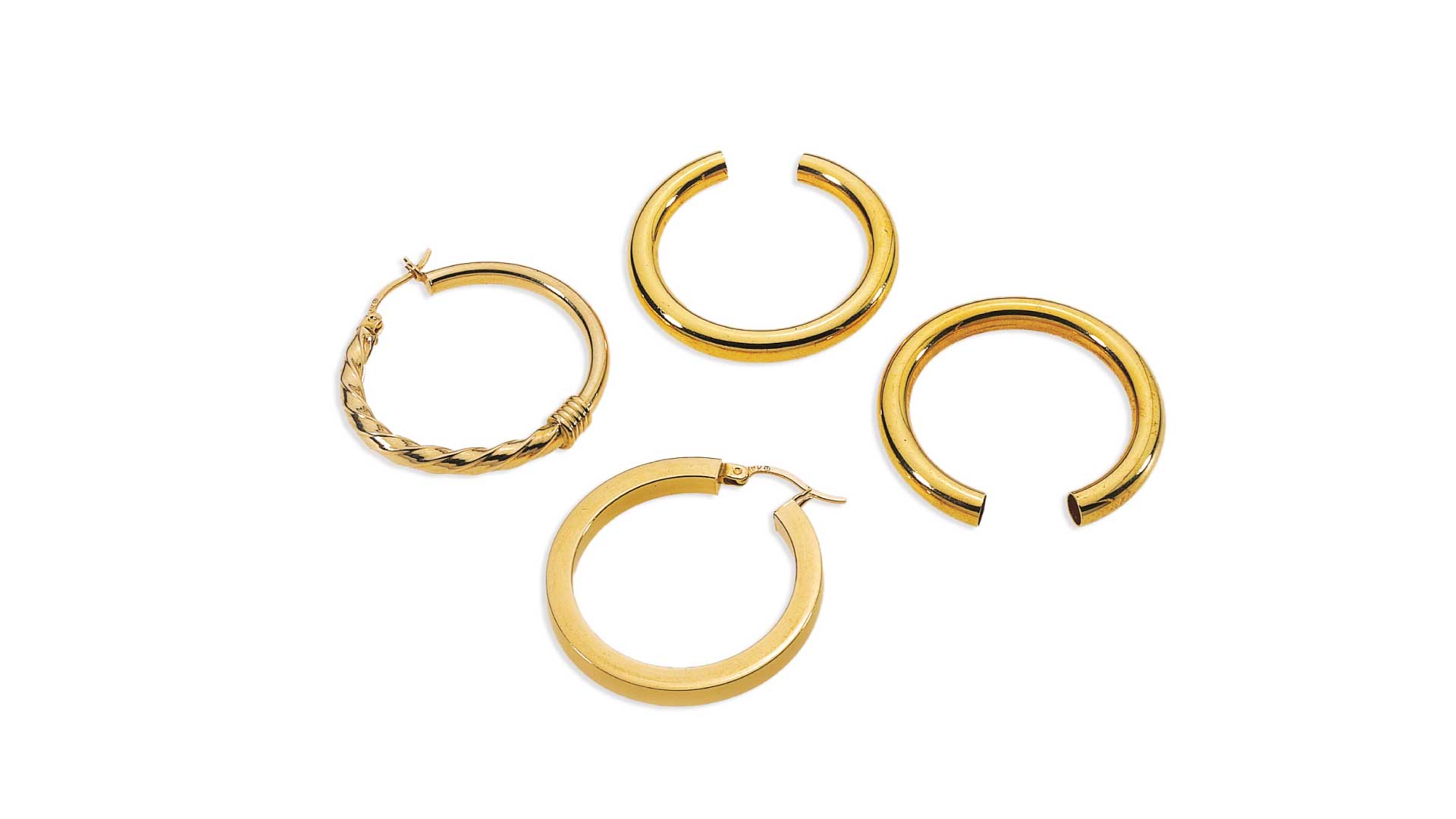Over the years, or rather over the centuries, the jewellery world has undergone great transformations, many changes and evolutions both in terms of product design and of manufacturing procedures and methods. The modernisation of the entire production process, together with automation, has allowed for a faster and even more precise processing of jewellery.
From a goldsmith’s workshop to fully-fledged industries
Humans have always been drawn to the processing of gold, silver and platinum. In the first goldsmith workshops, these precious materials were processed with great craftsmanship to create extremely valuable jewellery and ornaments.
The entire production process was carried out manually and/or with the help of a few simple tools. With the advent of automation, jewellery production has become an industrial activity. The work of machines has gradually complemented, and in some cases replaced, that of humans.
The new goldsmith workshop concept: automation
Tradition and craftsmanship, today, are supported by the technological innovation of automated, high-precision machines, which have honed the entire production chain. This allows for very demanding processing, to create jewellery with ever-more detailed designs.
The modern tools used by goldsmiths enable them to automate most processing activities: rolling, profiling, cutting and shearing, with excellent working performance and significant reductions in production costs and lead times.
Let’s see how automation has become an integral part of the entire production processes and what the main industrial machines used to make jewellery are.
Tube making machines
Profiling is a very important stage of the working process to create a piece of jewellery.
The tube making machine allows for the creation of welded and unwelded tubes, with a round, square or rectangular shape and the possibility of inserting an inner core. The product thus produced will be used to make bracelets, earrings, rings and necklaces with different geometries and sizes.
Market demand has also led us to design and create a special series of tube making machines used to make ‘aggraffato’ hollow wire, which is ideal for the creation of hollow, ultra-light and centimetre thick chains.
The tube line
Along with a wide range of profiling machines, our tube line also includes machines for drawing the welded tube, which is processed to obtain the desired diameter. These are machines, such as the motorised spindle, that are used to decorate both tubes and wires. Tube winding and cutting machines.
Cutting and shearing
Precision cutters and shears make it possible to meet the different requirements of cutting semi-finished products and shaping profiles while virtually eliminating the risk of errors and inaccuracies.
Jewellery accessories
Clasps are a very important element in the creation of a piece of jewellery, both from a functional (of course) and an aesthetic point of view.
Clasps can, in fact, be an additional decorative element in the finished jewel.
The use of our machines also allows for the realisation of clasps for earrings, necklaces and bracelets, leverback clasps, earring pins (milled or cup-shaped).
Lorenzato srl: a partner of modern jewellery companies
The development of innovative solutions for the gold industry has been a key feature in the history of our company for over 60 years. We design, manufacture and offer a wide range of industrial machines for the processing of precious metals: from raw material to semi-finished product.
We have automated machines that are ideal for large, modern jewellery companies, as well as high performing semi-automatic machines for the small-scale production of goldsmith workshops: Lorenzato branded solutions meet every production requirement: they simplify, speed up and optimise the entire semi-finished jewellery production process.
Contact us for more information. Visit our website and download the technical data sheets of our jewellery machines!





